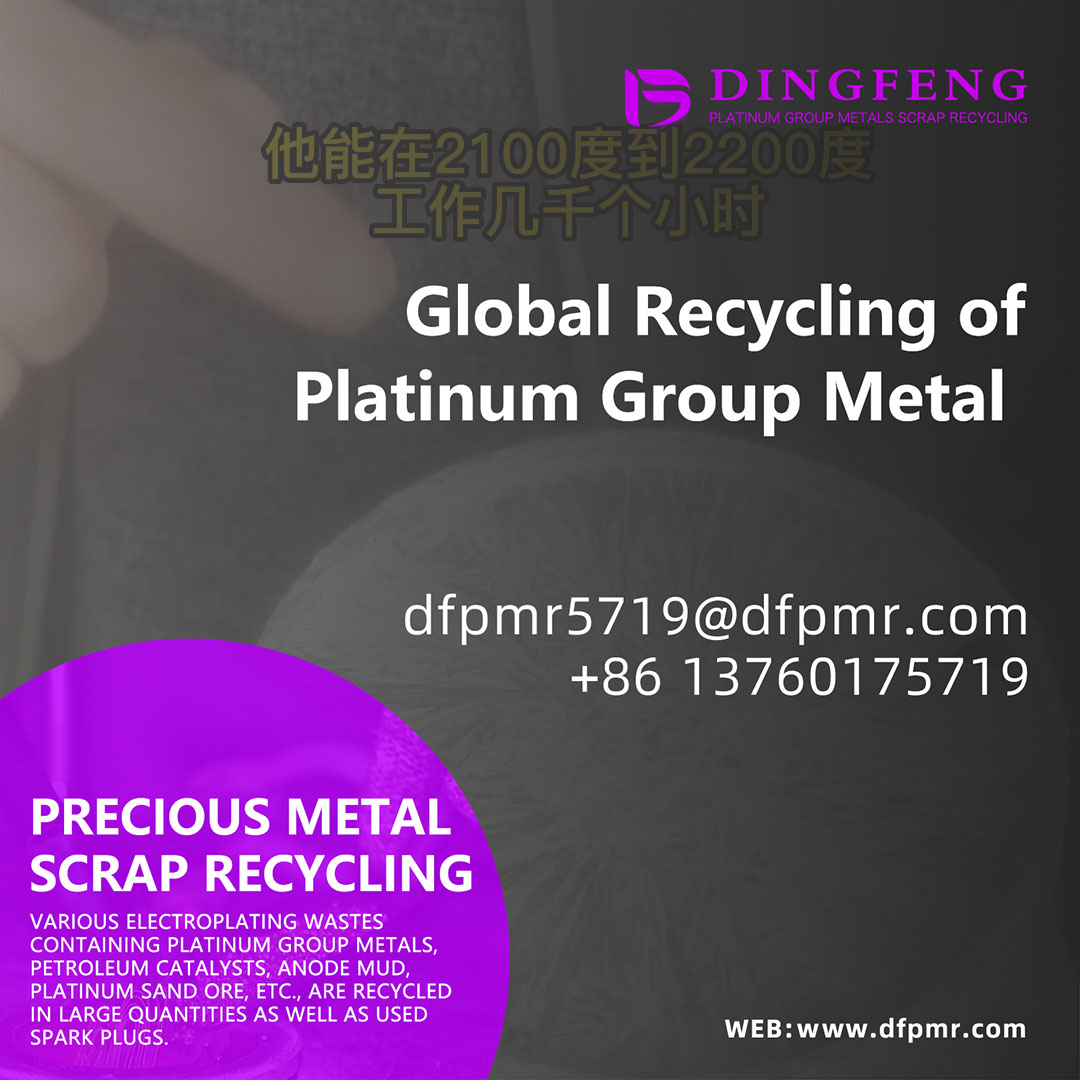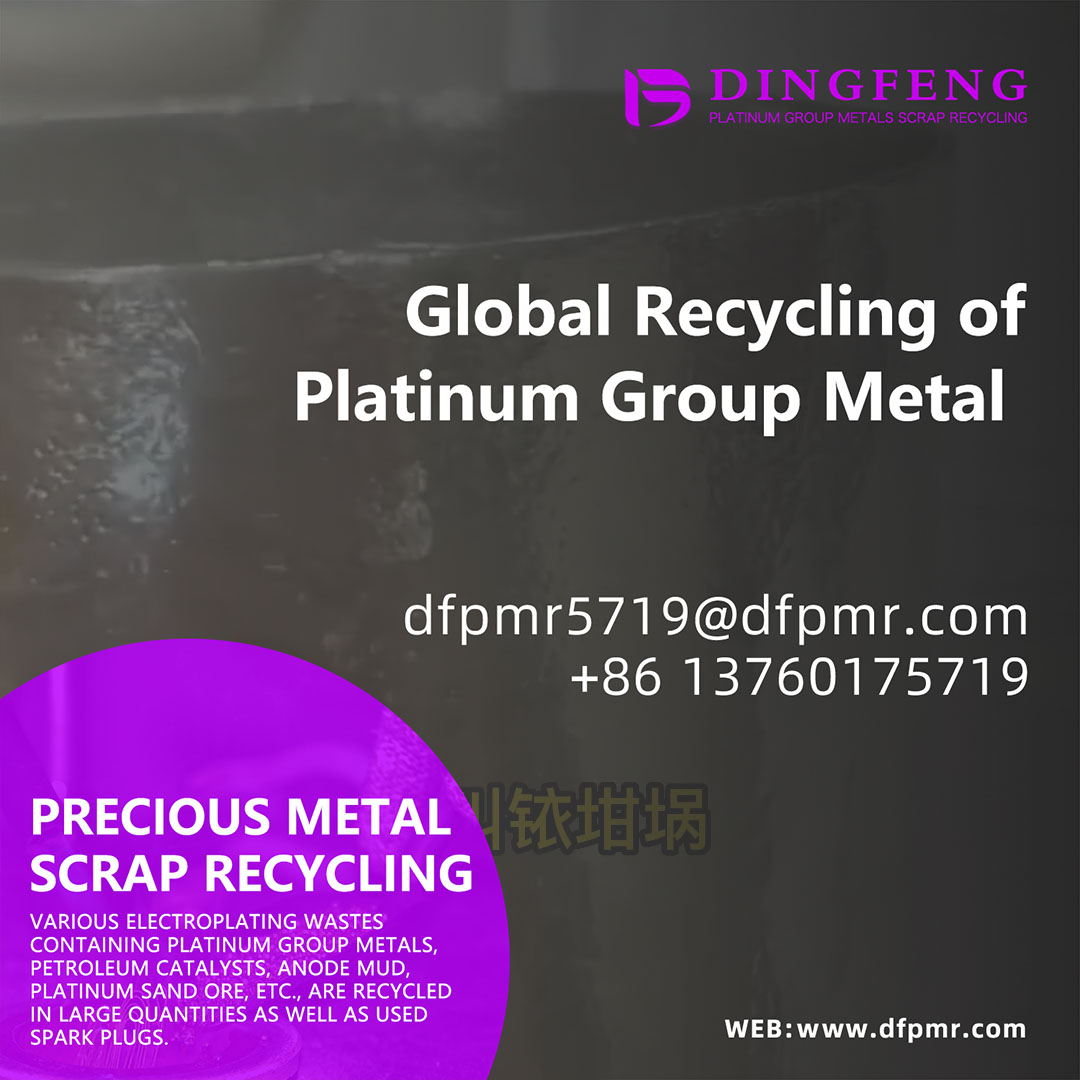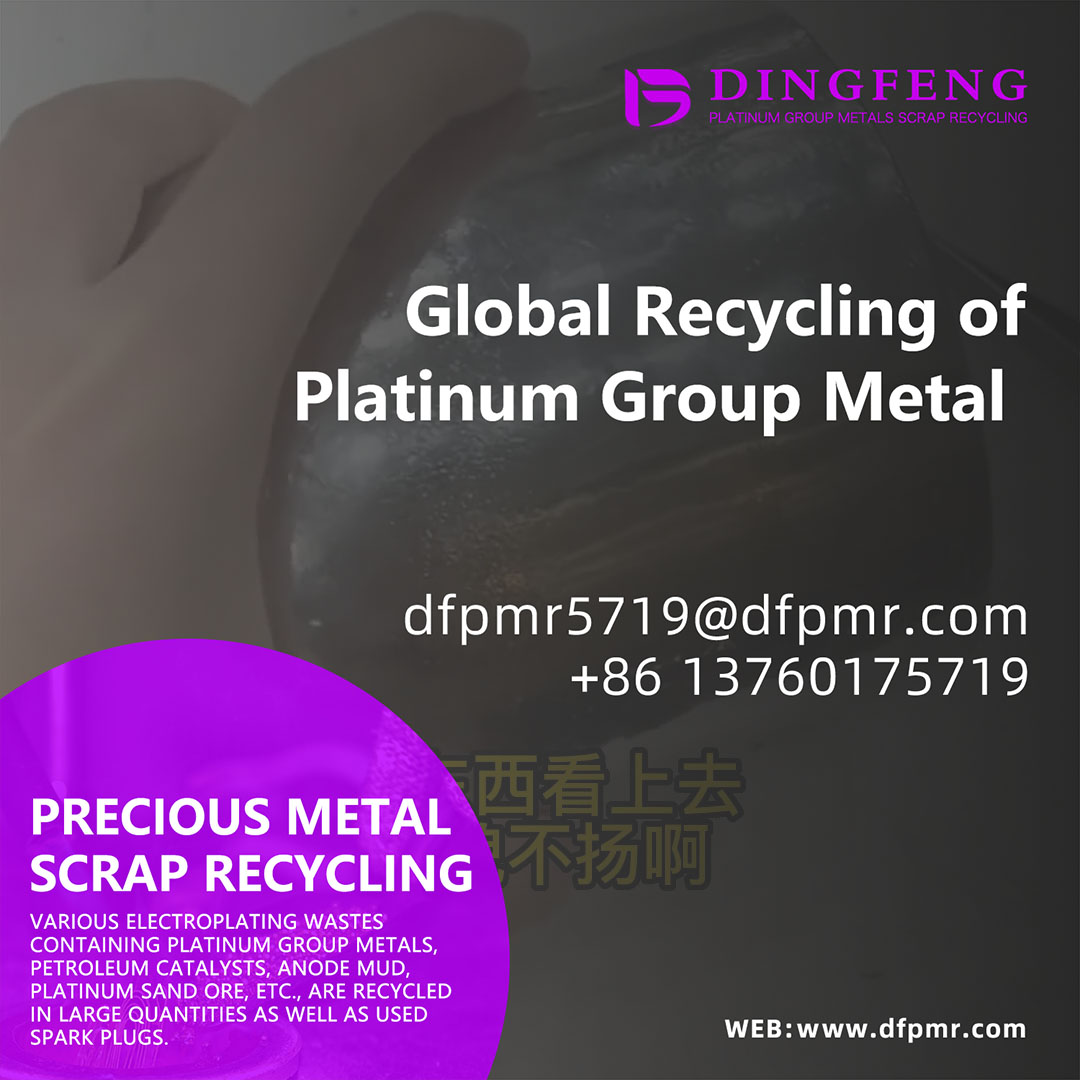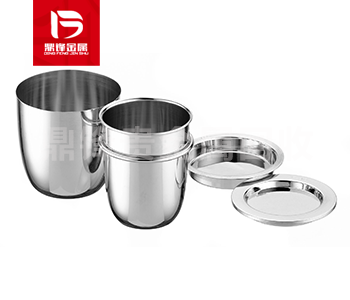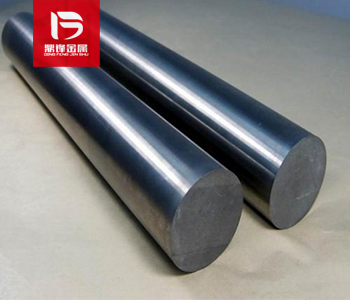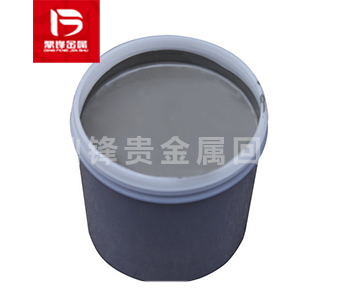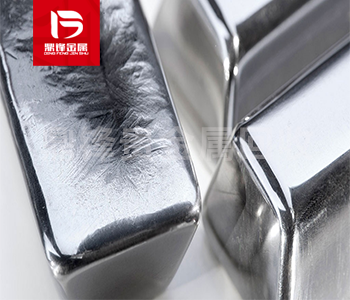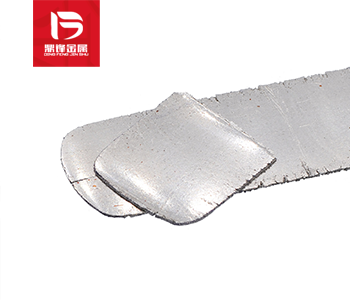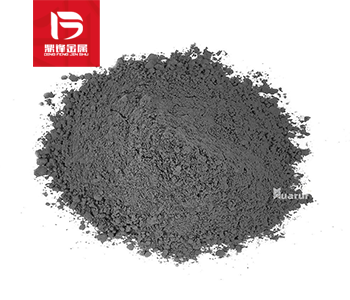Gold plating recycling_ Method of recovering and extracting gold from gold slag
The generation pathway of gold slag:Gold slag is usually generated during the mining, processing, and refining of gold metal. During the mining process, miners excavate the underground ore and transpo
The generation pathway of gold slag:
Gold slag is usually generated during the mining, processing, and refining of gold metal. During the mining process, miners excavate the underground ore and transport it to the factory. The ore contains a large amount of metals and minerals other than gold, which can be mixed with gold during the processing. During the processing, the ore is ground into powder and mixed with a series of chemicals to separate gold. The separated gold solution will undergo further refining to remove other impurities. However, despite efforts to remove impurities, there will still be some remaining impurities. These impurities are considered as gold slag and are usually discarded or stored. Therefore, gold slag is the waste generated during mining, processing, and refining processes, which contains metals, minerals, and impurities other than gold.

The methods for extracting gold from gold slag usually include the following:
1. Chemical extraction: The use of specific chemical substances (such as nitric acid, oxidants, etc.) to separate gold from gold slag. This is a large-scale industrial method of production.
2. Electrolysis method: Use electric current to separate gold from the gold slag. This method is suitable for situations where the gold content in the gold slag is high.
3. Slag recycling: Utilizing slag regeneration technology to extract gold from the slag. This method is applicable to the slag generated during the casting of metal.
4. Heating method: By melting the gold slag at high temperature, the gold is evaporated to the surface, and then cooled and fixed with a coolant to separate the gold.
Below is a brief explanation of how to use chemical extraction methods to extract gold from gold slag, using Dingfeng Precious Metal Recycling:
1. Prepare chemicals (such as nitric acid, oxidants, etc.): Prepare the necessary chemicals and ensure that they are safe and effective.
2. Crushing gold slag: Crushing gold slag into as small particles as possible to increase extraction efficiency.
3. Adding chemicals: Add an appropriate amount of chemicals to the gold slag and stir evenly.
4. Reaction: Place chemicals and gold slag in an appropriate environment for the reaction. This may require operations such as heating, cooling, or pressurization.
5. Separation of gold: Gold is separated from the gold residue through various methods such as filtration, evaporation, centrifugation, etc.
6. Gold purification: The separated crude gold is purified through appropriate methods to obtain a small amount of impurities in the pure gold.
Please note that the chemical extraction process may require professional technology and equipment, and may generate harmful chemical waste. The above methods are only a simple theoretical reference statement, and we are not responsible for any inaccuracies.
&Quot; Dingfeng Precious Metals Recycling includes precious metals such as gold, silver, palladium, rhodium, platinum, germanium, iridium, ruthenium, etc. This is our business in precious metal recycling. If you have precious metals such as gold, silver, palladium, rhodium, platinum, germanium, iridium, ruthenium that need to be recycled, please contact us and we will provide you with a satisfactory price& Quot;



